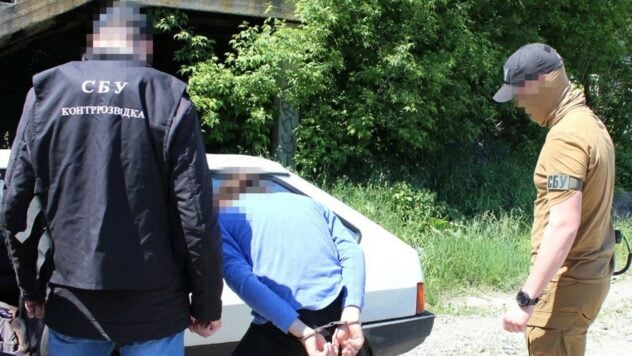In the Khmelnitsky region, a Kremlin agent was exposed and convicted, who ran up to 50 km a day for the purpose of espionage for the Russian Federation.
informs about this SBU.
“Thanks to the evidence base of the Security Service, another FSB agent who collected intelligence on the deployment and movement of the Defense Forces in the Khmelnytsky region received a real prison sentence. The attacker turned out to be a local athletics coach who ran from 10 to 50 km almost every day to track the bases and routes of Ukrainian troops, the report says.
It is noted that while running he took covert photographs and videos. To do this, I used the camera of my own mobile phone, which I statically attached to my hand.
Currently watching
Among the main tasks of the “runner” was reconnaissance of locations with heavy weapons and ammunition of the Ukrainian Armed Forces.
The Russian agent also developed a topographical diagram for the occupiers, in which he indicated the coordinates of Ukrainian checkpoints on the main roads in the region.
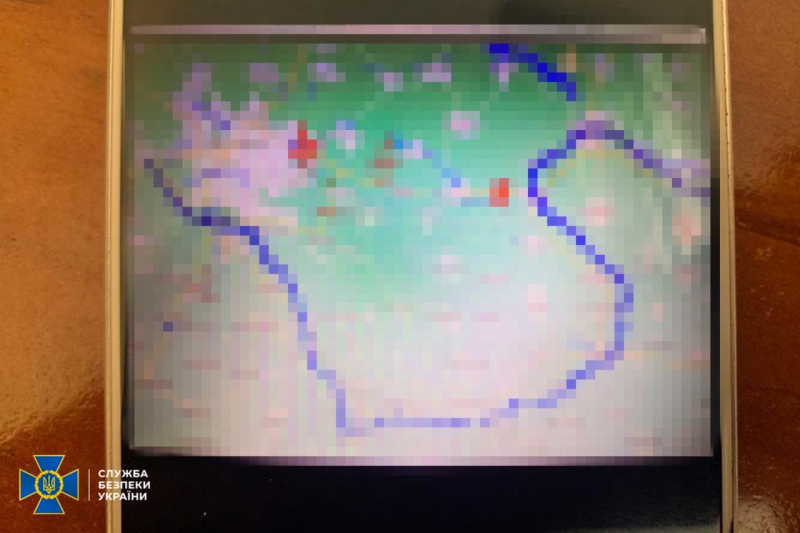
Photo: SBU
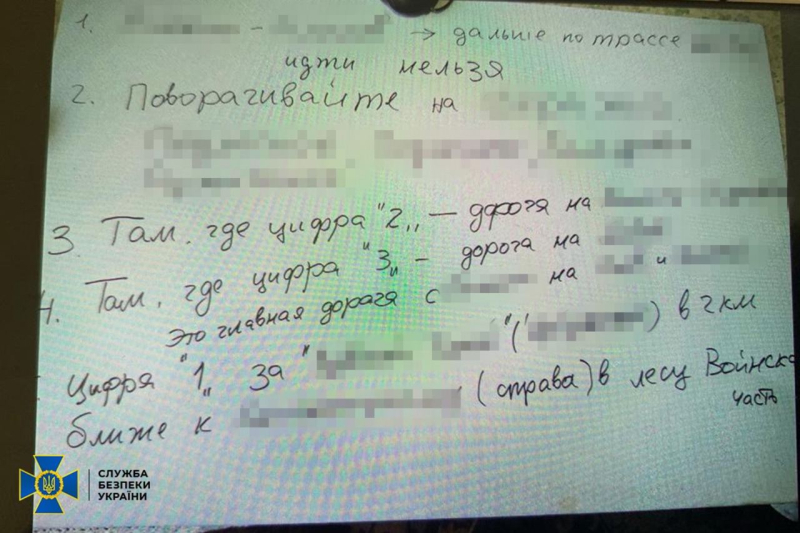
Photo: SBU
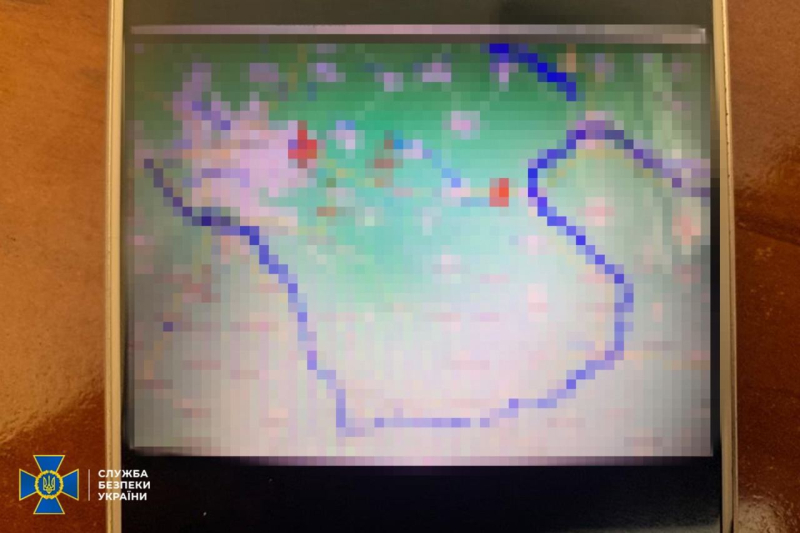
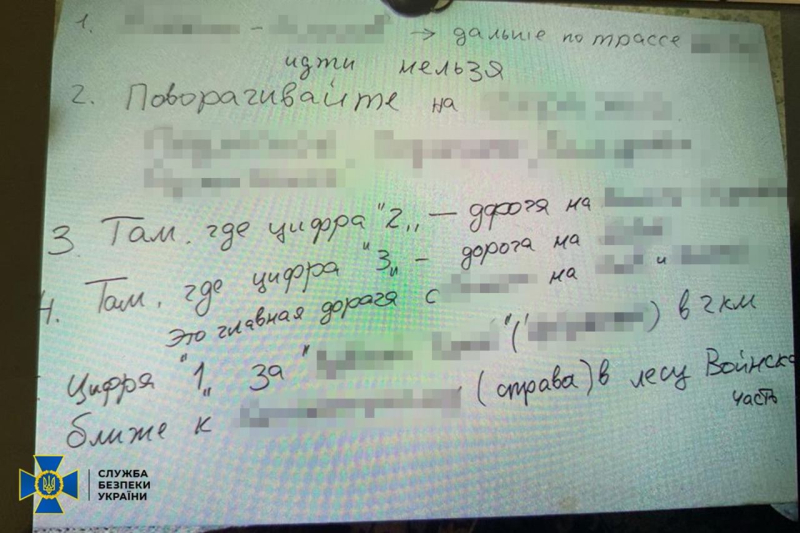
“The invaders needed intelligence information to plan air attacks and possible reconnaissance and sabotage operations,” adds the SBU.
Counterintelligence officers of the SBU detained the attacker in May 2022 “in the act,” when he secretly photographed one of the local facilities of Ukrzaliznytsia. Based on SBU materials, the court found the FSB agent guilty under Part 2 of Art. 111 of the Criminal Code of Ukraine (high treason committed under martial law). He was sentenced to 15 years in prison with confiscation of property.
As the investigation found, the 55-year-old sports coach was remotely recruited by a career FSB officer in March 2022.
Want to rest? Come to Facti.GAMES!
He came to the attention of the aggressor as a former graduate of the Leningrad military school, where he studied during the Soviet era, and then until 1992 he served in the ranks of the Taman division on the territory of the Russian Federation. He subsequently retired from military service and moved to Ukraine.
For each completed enemy task, the attacker received a monetary reward from the occupiers, which was transferred to his bank card.

